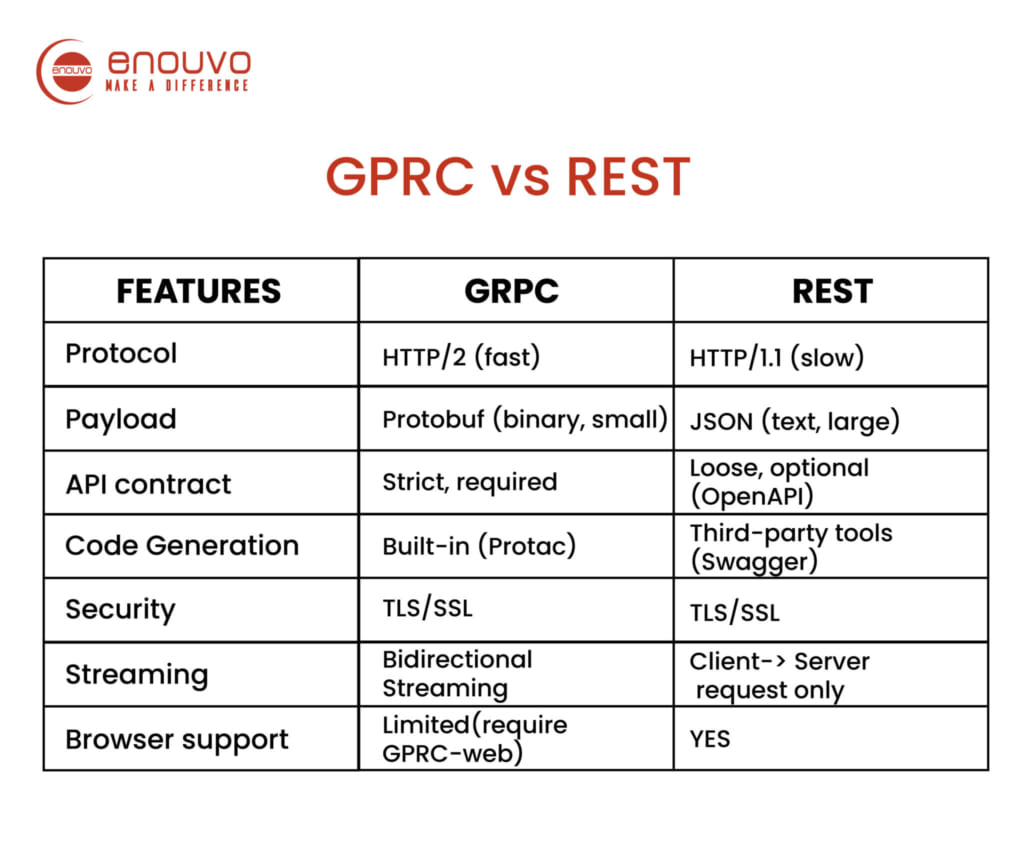

For both of these fields, the only kinds of data that can be written to or read from are strings and numbers, respectively. What this means is that in any query operating on the User object, the only fields that can appear are name and age. Here, User is the object, and inside it, we specify the fields or properties the object has, including data types. Here's an example schema:Įnter fullscreen mode Exit fullscreen mode

A schema defines an object, the fields that the object contains, and the type of data the fields can hold. With GraphQL, data is represented through schemas.

In all, GraphQL supports languages like JavaScript, Java, Python, Ruby, PHP, and more. Subscriptions get live updates when data changes, usually through Websockets. Queries request data from the server while mutations send data to and modify data gated by the server. As opposed to REST's HTTP methods, GraphQL uses queries, mutations, and subscriptions for sourcing and manipulating data. GraphlQL is a data query language that uniquely allows clients to request any specific data that they need. In this post, we’ll look at how each one works, including their pros and cons. The three most popular technologies currently for creating APIs are GraphQL, gRPC, and REST. With different API technologies available for sharing data between clients and servers, and each one having its own set of unique capabilities, it can be quite daunting trying to decide which one serves you best. The standard for data exchange between frontend and backend has always been a bit contentious.


 0 kommentar(er)
0 kommentar(er)
